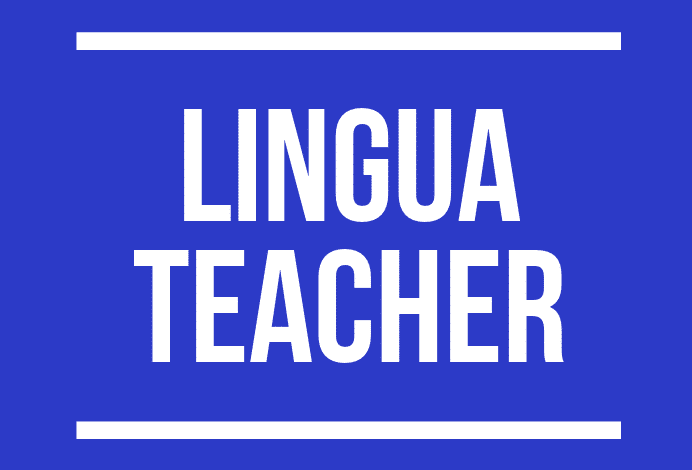Learning German can be a fascinating journey, but it also comes with its fair share of challenges. One of the common points of confusion for learners is the difference between verstehen and verstanden. Both words are related to the concept of understanding, but they are used in different contexts and grammatical structures. This article aims to demystify these two terms and help you use them correctly in your German conversations.
First, let’s start with verstehen. Verstehen is the infinitive form of the verb “to understand.” It is used when you are talking about the act of understanding in a general sense. For example, you might say, “Ich kann das nicht verstehen,” which translates to “I can’t understand that.” Here, you are focusing on the action or process of understanding something.
Another example could be, “Er versucht, die Aufgabe zu verstehen,” meaning “He is trying to understand the task.” In this sentence, verstehen is used in its infinitive form to indicate the effort being made to comprehend something.
When conjugated, verstehen changes according to the subject and tense. For instance:
– Ich verstehe (I understand)
– Du verstehst (You understand)
– Er/Sie/Es versteht (He/She/It understands)
– Wir verstehen (We understand)
– Ihr versteht (You all understand)
– Sie verstehen (They understand)
Now, let’s move on to verstanden. Verstanden is the past participle form of verstehen, and it means “understood.” It is often used in perfect tenses and in passive voice constructions. For example, you might say, “Ich habe das verstanden,” which means “I have understood that.” Here, the focus is on the result of the action of understanding rather than the process itself.
In another context, you could use verstanden in a sentence like, “Alles ist verstanden,” meaning “Everything is understood.” This usage indicates a state or condition resulting from the action of understanding.
When constructing sentences in perfect tenses with verstehen, you will need to use an auxiliary verb (usually “haben”) along with the past participle verstanden. For example:
– Ich habe verstanden (I have understood)
– Du hast verstanden (You have understood)
– Er/Sie/Es hat verstanden (He/She/It has understood)
– Wir haben verstanden (We have understood)
– Ihr habt verstanden (You all have understood)
– Sie haben verstanden (They have understood)
It’s also important to note that verstanden is commonly used in questions and responses to convey comprehension. For example, a teacher might ask, “Hast du das verstanden?” meaning “Did you understand that?” A student could respond with, “Ja, ich habe das verstanden,” or simply, “Ja, verstanden,” both meaning “Yes, I understood.”
In addition to these basic uses, there are some idiomatic expressions and contexts in which verstehen and verstanden might appear. For instance, the phrase “Ich verstehe nur Bahnhof” translates to “I understand only the train station,” which is a colloquial way of saying, “I don’t understand anything.” This expression captures the confusion or lack of comprehension in a humorous way.
Another interesting expression is “Ich bin damit einverstanden,” which means “I agree with that” or “I am okay with that.” Here, einverstanden is a related term that uses the root verstehen to convey agreement or consent.
Understanding the difference between verstehen and verstanden also involves recognizing their roles in different grammatical structures. For instance, verstehen can be used with modal verbs to indicate capability or permission. An example would be, “Ich kann das verstehen,” meaning “I can understand that.” Here, the modal verb “kann” (can) modifies the infinitive verstehen.
On the other hand, verstanden is often found in perfect tense constructions, as mentioned earlier, but it can also appear in passive voice sentences. An example would be, “Das Problem wurde verstanden,” meaning “The problem was understood.” In this case, verstanden indicates a state resulting from an action performed by an unspecified agent.
One way to practice and internalize the difference between verstehen and verstanden is through active engagement with the language. Try to create your own sentences using both forms in different contexts. For example, you could write sentences like, “Ich will das verstehen” (I want to understand that) and “Ich habe das verstanden” (I have understood that). This will help reinforce the grammatical structures and meanings associated with each term.
Additionally, listening to native speakers and paying attention to how they use verstehen and verstanden can be incredibly beneficial. Watching German movies, listening to podcasts, or engaging in conversations with native speakers can provide real-world examples that illustrate the proper usage of these terms.
In conclusion, while verstehen and verstanden both relate to the concept of understanding, they serve different grammatical functions and are used in distinct contexts. Verstehen is the infinitive form, focusing on the action or process of understanding, while verstanden is the past participle, emphasizing the result or state of having understood. By practicing and observing their usage, you can master the difference between these two terms and enhance your proficiency in German. Happy learning!








